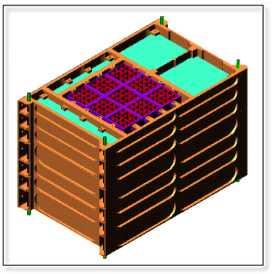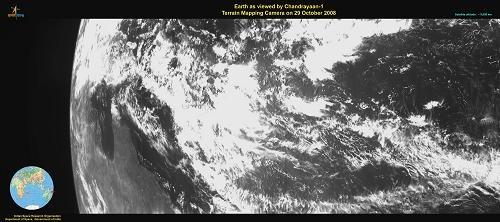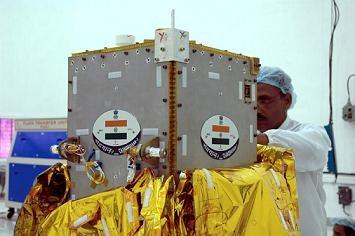The High-Energy X-ray spectrometer covers the hard X-ray region from about 30 keV to about 250 keV. This is the first experiment to carry out spectral studies of planetary surface at hard X-ray energies using good energy resolution detectors. High Energy X-ray (HEX) experiment is designed primarily to study emission in the above energy range due to radioactive decay of the 238U and 232Th in the lunar surface region.
Science Objectives
The primary scientific objectives of HEX are
- To identify excess 210Pb in lunar Polar Regions due to transport of volatile 222Rn, a decay product of 238U. This will provide credence to the idea of transport of other volatile such as water to the polar regions.
- To detect signal of other radioactivity via large area integration to characterize various lunar terrains for their chemical composition on the basis of specific/integrated signal in the 30-250 keV region.
- To identify regions of high U/Th concentrations via detection of emission due to decay of Pb-212 and Pb-214 (~240 keV).
- To explore the possibility of identifying chemical composition of various lunar terrain from a study of the scattered continuum background.
Payload configuration Details
The geometric detector area of 144 cm2 is realized by cascading nine Cadmium Zinc Telluride (CZT) arrays, each 4 cm x 4 cm (5mm thick), composed of 256 (16x16) pixels (size: 2.5 mm x 2.5 mm). Each CZT array is readout using two closely mounted Application Specific Integrated Circuits (ASICs), which provides self-triggering capability. An anticoincidence system is used to reduces the detector background. A specially designed collimator provide a field of view (FOV) of 40 km X 40 Km. The weight of HEX is about 16kg.
HEX payload developed by ISRO



